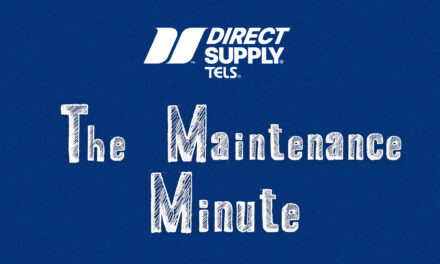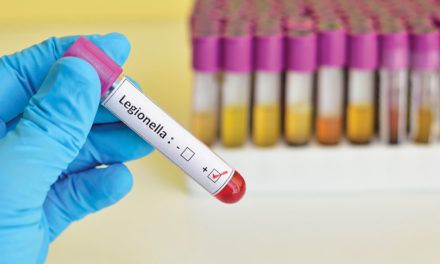Asset tagging allows you to track your equipment’s life cycle so you can look at a piece of equipment that may be prone to fail and make informed decisions down the road. When you’re getting ready to purchase a new piece of equipment and see the history, for example, water heaters that you’ve bought, and one notice one brand seems to fail less frequently than the others.
You can also track equipment lifecycle. When you’re putting in things to replace a part, how long that part lasts, and make decisions on making changes when you purchase new equipment that way as well.
It’s a really good way for upper management and everyone else to understand why you need that piece of equipment. How old is that piece of equipment? Does it make sense to replace it now or is it better to replace it next year or the following year? If you start asset tagging, you have all that information in TELS® at your disposal.
TELS District Manager Perry Overholser says, “In the past, I’ve had to work with people and the first words out of their mouth were ‘how much money have we put in there?’”
“How much money have we spent, how old is it?” He continued.
“If I didn’t have those answers, we never got anything done. Once we did asset tagging and everything else, after a while, I knew exactly what my boss was going to ask me. You know what he needed, what he was going to ask me for and it was all right there.”
Overholser concludes, “One of the biggest things I will say about CapEx in that regard is to tag the most important stuff in your building. Start from there and I think it will help you in the long run.”


